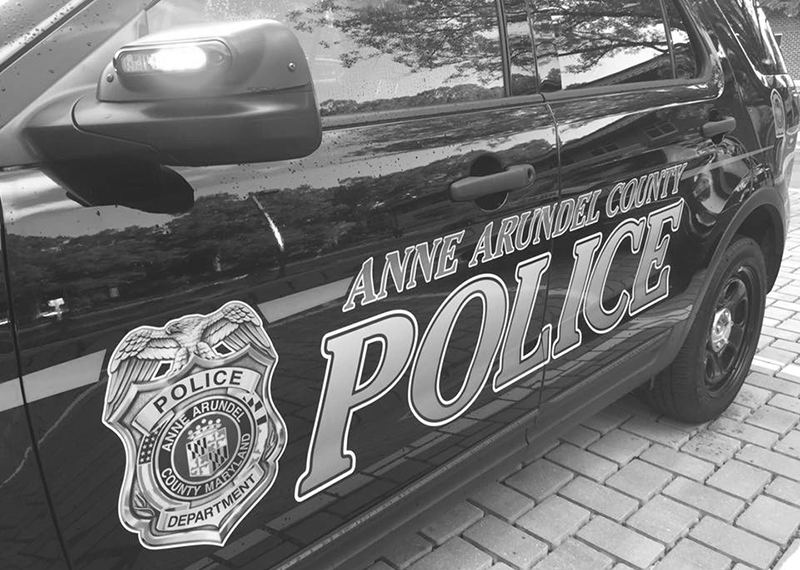
We want to meet you
If your organization is interested in members of the PAB attending your meeting, please contact the board.
About the Police Accountability Board
The Anne Arundel County Police Accountability Board (“PAB”) works to:
- Provide policy advice through meetings with law enforcement agencies, review of disciplinary matters stemming from public complaints, and annual reporting.
- Work with law enforcement agencies and the county government to improve policing and police accountability in the County.
- Appoint 2 civilian members to the Administrative Charging Committee and one to the Trial Board to adjudicate complaints submitted by members of the public.
- Receive complaints of police misconduct filed by members of the public.
In Anne Arundel County, the PAB works with the county government and law enforcement agencies to improve policing and police accountability in the County.
Public Safety Code Title 3-101., et seq. (HB 670), defines many requirements of the structure and duties of the PAB. On April 29, 2022, Bill 16-22 (codified as 3-7A) was enacted by the County Council to establish the Police Accountability Board. Anne Arundel County seated its PAB prior to the July 1, 2022 deadline and the Board held its first public meeting on July 18, 2022. The Board has been meeting monthly ever since.
Meeting Videos

